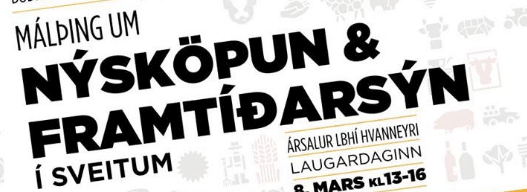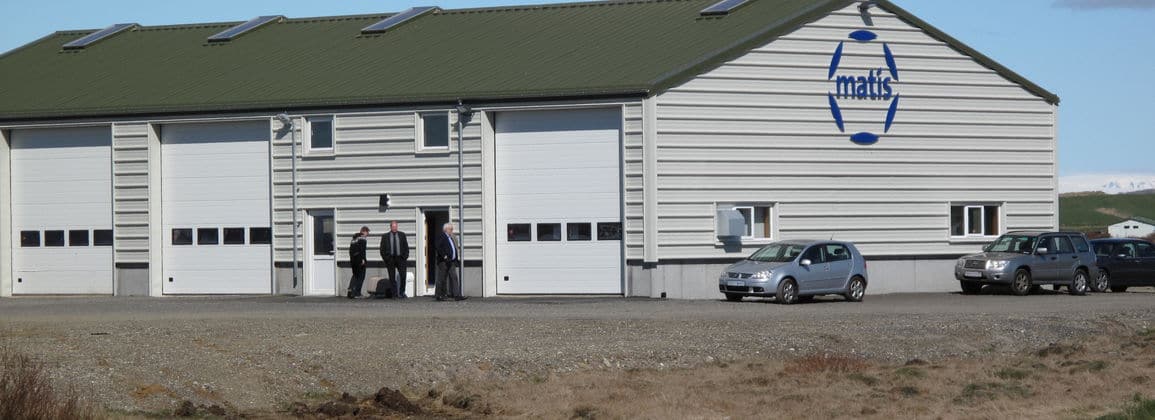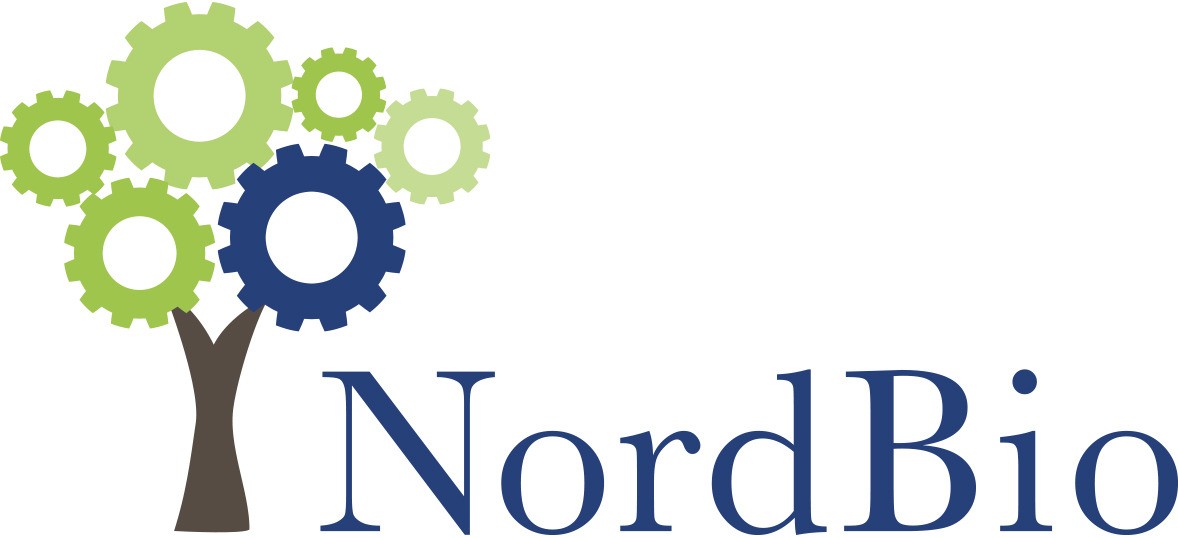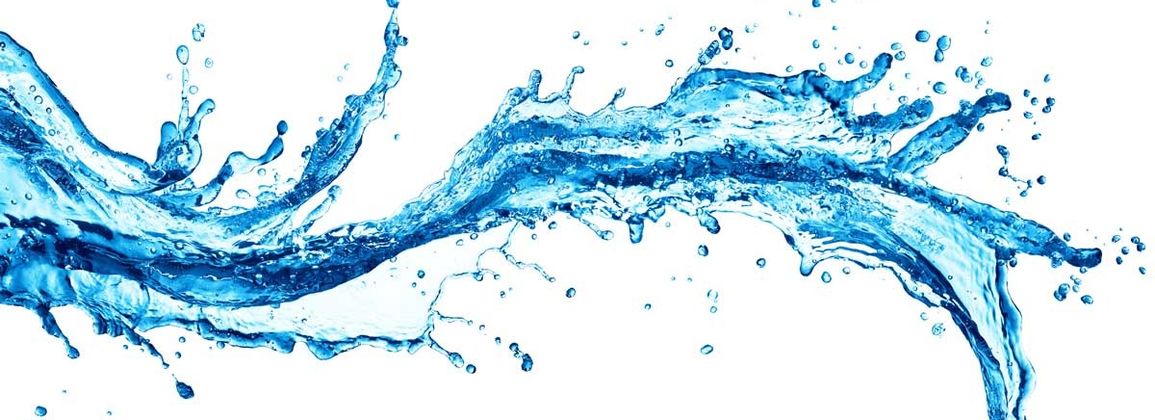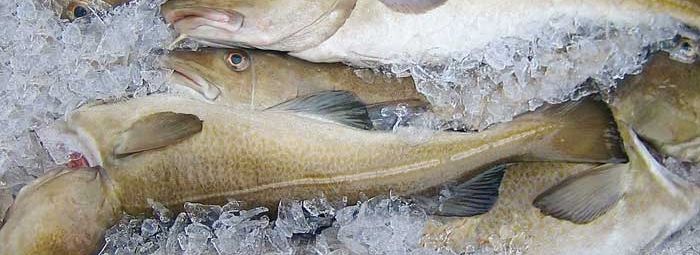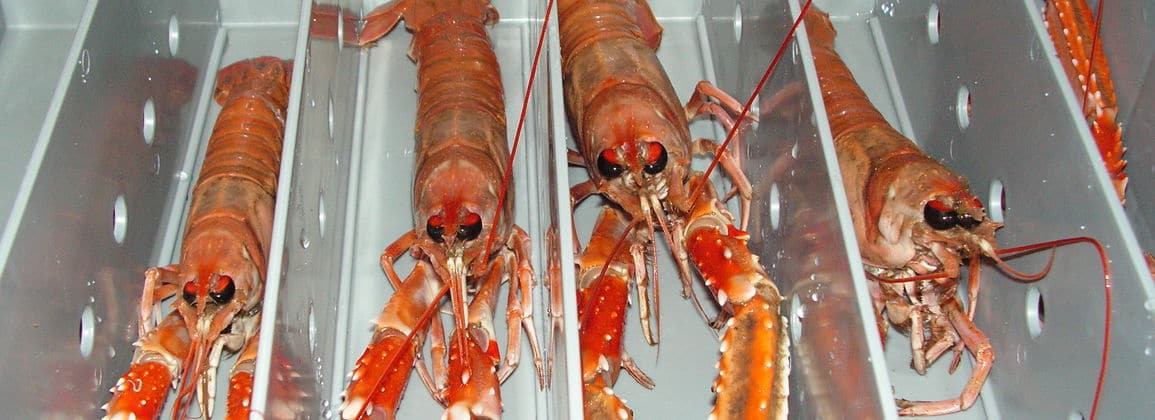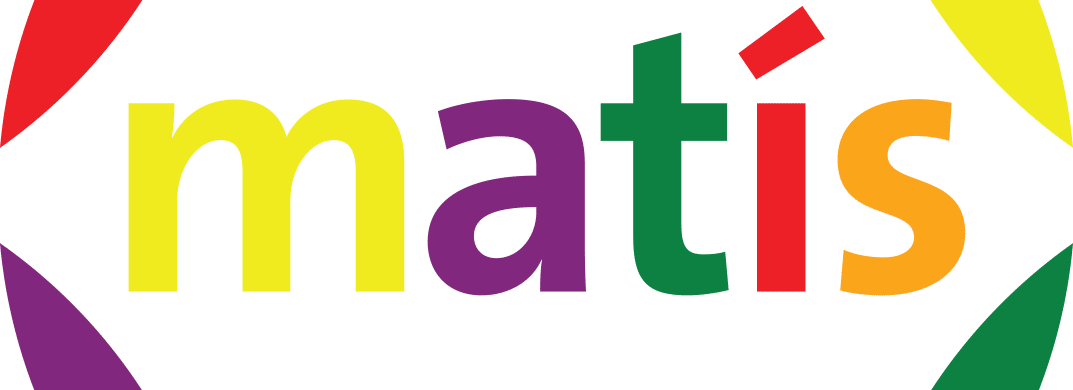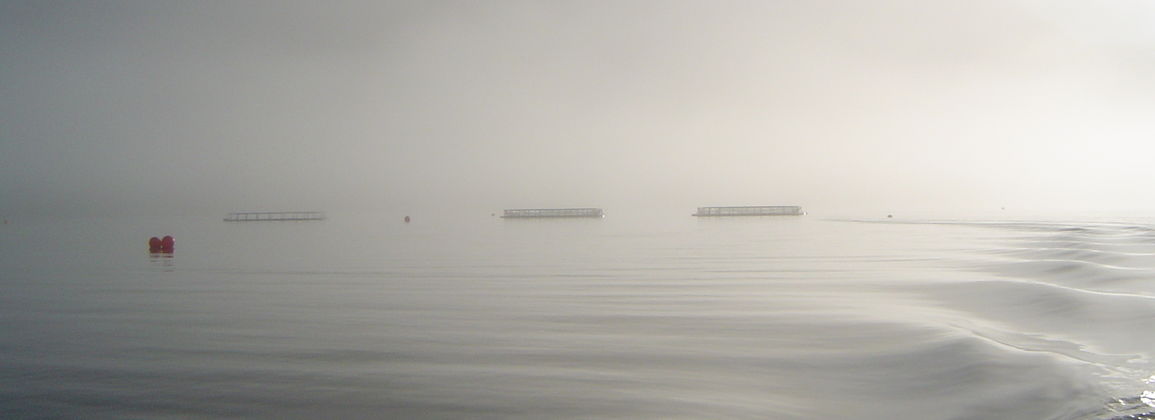Budrygindi invites to a seminar on innovation and a vision for the future of rentals.
Program organized by Búdrýgindi in the Ársal of the Agricultural University of Hvanneyri, Saturday 8 March 2014, 13 - 16.
Speakers:
- Vilhjálmur Egilsson Rector of Bifröst | Benefits of new courses in food management at Bifröst.
- Dominique Pledel Jónsson, Slow Food Reykjavík | Slow food - Icelandic forces and society.
- Brynhildur Pálsdóttir designer, Meeting of farmers and designers and Vík-Prjónsdóttir | The value of design in product development and marketing
- Gunnþórunn Einarsdóttir, Matís | Innovation in food production - Now's an opportunity to put ideas into action!
- Arnheiður Hjörleifsdóttir, Bjarteyjarsandi | Sustainable past and focus on the future
- Davíð Freyr Jónsson, Arctic Seafood | Arctic Seafood and a kitchen workshop in Borgarbyggð
- Guðrún Bjarnadóttir, master's student at LBHÍ, owner of Hespa | Hespuhúsið - grass use, wool crafts and education
The program director is Kolfinna Jóhannesdóttir, headmistress of Menntaskólinn í Borgarnes.
The seminar is open to everyone and it is hoped that as many farmers as possible will be able to attend and all those interested in product production in rural areas. Also those who are interested in regional affairs in general.
The lectures will be rather short and concise, but the lecturers talk about the possibilities that they think the future holds and hope that a fruitful discussion will be created following the lectures.
EVERYONE WELCOME!
More information can be found at Facebook page of the event.

